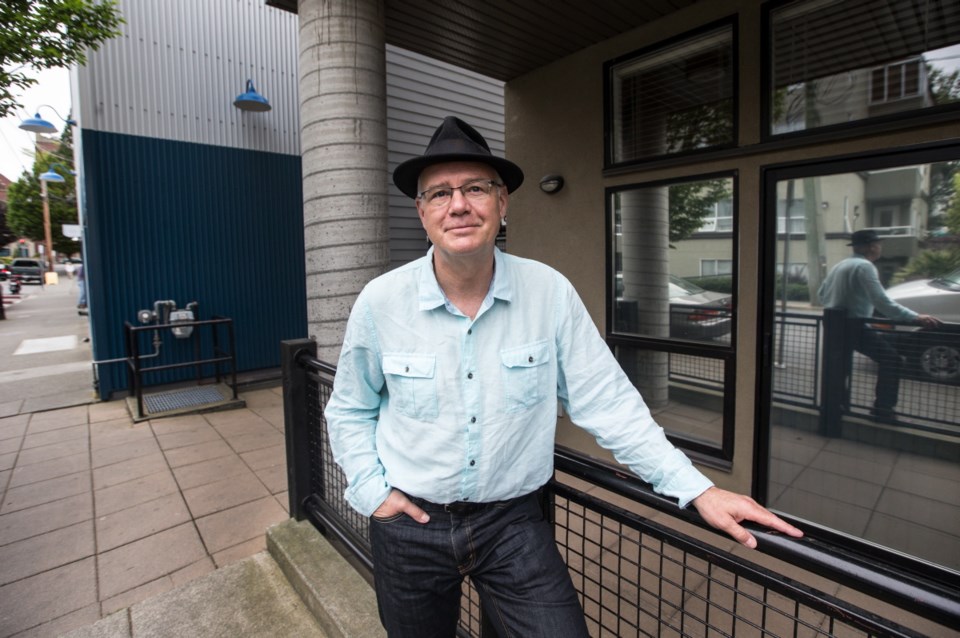Agencies that specialize in affordable, supportive and subsidized housing might have to start thinking and acting a little differently if they intend to meet the increased demand for housing in the region, according to the executive director of Pacifica Housing.
Dean Fortin said new ideas are needed, which could include not-for-profit agencies taking a more entrepreneurial approach, as the region grapples with what is by all accounts a housing crisis. “There is huge demand in our region. The vacancy rate for affordable housing and subsidized housing is 0.02 per cent. That basically means there is no housing available,” he said. “Not only can you not help the people that need it, but you have no ability to respond to those people who are desperate.”
By comparison, the market rental vacancy rate, which is considered bleak, is 0.5 per cent.
And while there are cranes towering over the city working on new condominium and rental units, Colliers International has made it clear there is only slight relief on the horizon. “In spite of a significant number of new units, our market should see only a minor uptick in vacancies accompanied by a downward pressure on rental rates by this time next year,” the real estate firm noted in a recent market report.
If there’s no relief in market rental, there’s even less in sight for the affordable housing segment of the market, said Fortin.
B.C. Housing said the need is acute, though that’s not unique to Victoria or Vancouver Island.
At the same time, municipalities know they need affordable housing units and have been working with developers to create units within new projects.
Fortin said that’s led to developers borrowing ideas from affordable housing agencies, and it’s time those agencies started borrowing ideas from the market.
Pacifica, which is one of the largest owners and operators of affordable housing on the Island with 36 properties, has already taken on new models of financing new housing.
That has included borrowing against the equity it has built up in its $200-million property portfolio, leveraging its relationship with B.C. Housing to increase its spending power, and packaging together parcels of land that can be used for future development.
That kind of strategy allowed them to start the 73-unit Oak Park project in Langford. It will also have a second phase of 87 units.
“We removed 13 ‘past life’ townhouses, and are constructing 73 units,” said Fortin, noting the project value is $19 million. “Pacifica contributed $3 million in land, and B.C. Housing granted $6.5 million. The rest is financed from rental income.”
Pacifica’s $24-million, 82-unit Colwood Lakes project is being done the same way, with Pacifica contributing $4.8 million in land, and B.C. Housing granting $8.4 million.
Pacifica also used equity from one of its other properties to purchase a building on Cormorant Street that is being held for future redevelopment.
And its recently completed, $22.6-million Wilson’s Walk project in Vic West is a mix of 84 units of affordable housing and 24 units of market rental.
Fortin said they are also looking at any other way of partnering with companies, churches, legions and private developers where it might be possible to repurpose underused buildings.
“We want to get that idle land back into play and in so doing rejuvenate communities and neighbourhoods,” he said.
That has also led to the suggestion that developers, who have been tasked with adding affordable housing elements to their projects, offer the market value of those units to agencies like Pacifica to build the affordable units elsewhere.
Fortin said that kind of scenario would allow developers to move their projects forward without worrying about how to include affordable units in a high-end tower. “And it accomplishes what the city wants by providing affordable housing,” he said. “But there’s no clear model of how to work with the private sector, it’s a work in progress.”



